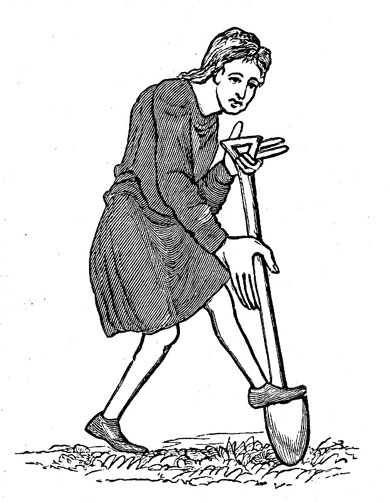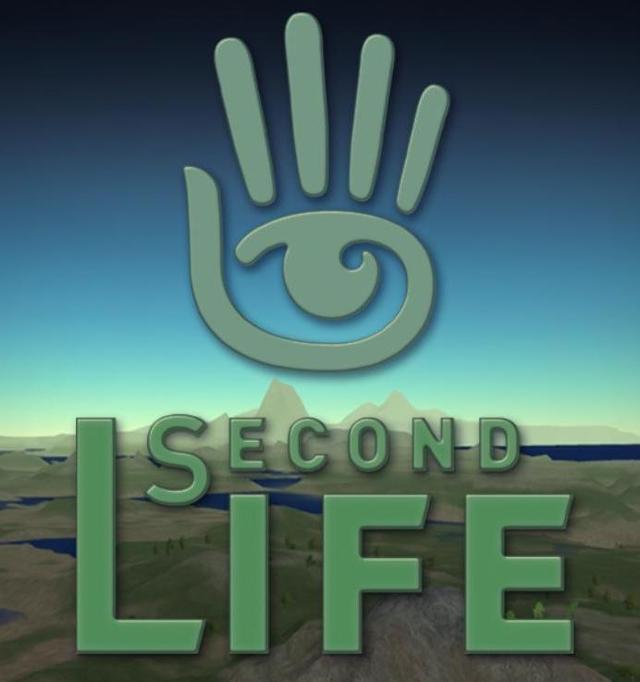
Web “Serf”ers
Donna M. Schaeffer, PhD
Marymount University, Arlington, VA 22207
703.284.5718
Patrick C. Olson, PhD
National University, San Jose, CA 95128
408.236.1152
olsonp@alumni.usc.edu
| It’s free! However, all of the results belong to the sponsoring organization. Recent discussion on the free economy (Anderson, 2009) notes some interesting aspects of “free.” One of the popular “free” aspects in the gaming community but also used in other software development efforts, is the idea of “user development”. |
 (Source: kuzzuk.net) |
|
While this is clearly a clever approach for marketing and development, is the trade of free game time for free development truly a fair exchange? |
 (Source: dreamstime.com) |
| Jean Amour Polly first popularized the term “surfing the Internet” in The Wilson Library Bulletin’s June 1992 issue. It was meant to describe using the Internet as fun, as well as point out the need for skill and endurance. Polly explains that she wanted to “evoke a sense of randomness, chaos, and even danger (Polly, 1994).” |
 (Source: destination360.com) |
| The title of this paper plays on “surf” – changing it to “serf”, a word that has its roots in the Latin word servus which means slave. Web “serfers” becomes a lense through which to view work that is contributed and not compensated to products and services that are offered via and enabled by the Internet and World Wide Web. |
 (Source: britsattheirbest.com) |
|
User generated content emerged in the mid-2000s with the rise of web publishing and new media tools. Users contributed to problem solving via user groups, and added news and gossip to sites. Accessible and affordable technologies enable the general public to contribute. Consumers have become producers, and passive use has shifted to active creation. |
 (Source: topnews.in) |
| Baldrica (2007) suggests that the malleable nature of games and the connectivity of the Internet have encouraged a phenomenon no other medium of mass entertainment has so fully embraced. |
 (Source: docfleetwood.net) |
|
Examples: LittleBigPlanet� |
 (Source: nerdles.com) |
|
Alaska Airlines
starts customer printed boarding passes in 1999 |
 (Source: chipandco.com) |
| Zipcar, the world’s largest car-sharing service, functions efficiently with a relatively small number of employees. “Zipsters” (members) perform much of the work normally associated with renting a car themselves, online. |
 (Source: dfd-12dfg.110mb.com) |
| Upon consideration of these examples, what is the origin of these results? It appears that two social forces are involved. The first is technology. The Internet provides place, relationships, and cultures for this to take place. The second social force is law. The contract and the copyright are the governance for these relationships. Thus while legally, the United States Copyright Act affords the creator of an original copyrightable piece of expression exclusive rights to authorize any derivative works based upon that original work, a contract like Second Life’s Terms of Service (ToS) can explicitly allow users to retain intellectual property rights for their creations. |
 (Source: keetsa.com) |
| In effect, it may be feasible for companies to create a profit-sharing model with users who contribute content. |
(Source: werntz.com) |
|
Conclusion: The interaction of Law and Technology is the key to this phenomenon. While a “fair” result for all parties can occur, it is far from certain that it will occur more than occasionally. When this does occur it is ultimately only made possible thru the use of contracts, and that brings us back to fairness. In order for a contract to be fair most people generally suppose there should be a level playing field. To achieve this, we must reach agreement on the definition of the term “user-contributed content” and then define best practices within the current legal, regulatory, and moral frameworks. |
 (Source: softwarepluralism.org) |